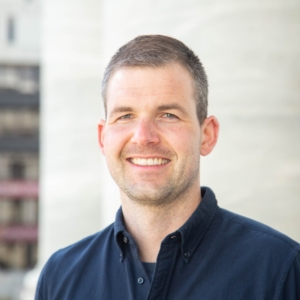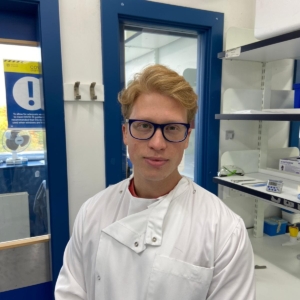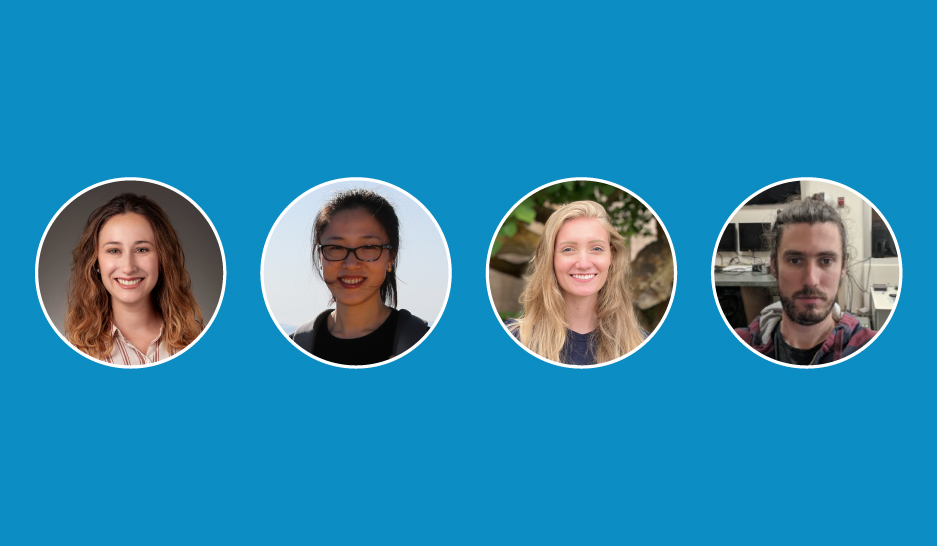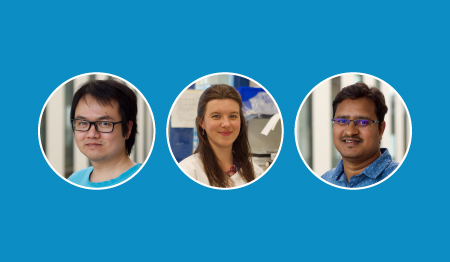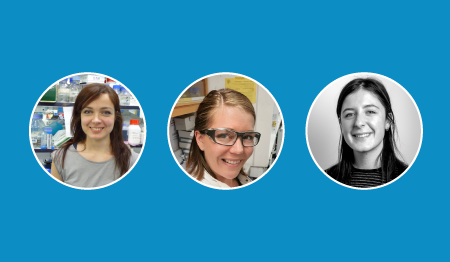Our open science champions are labs or individuals within the ASAP network who have demonstrated a strong commitment to open science in their work to advance PD research and have been recognized by ASAP and their peers for their work.
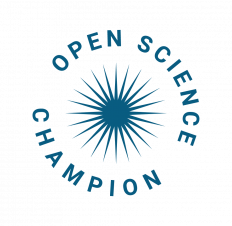
Felix Kraus | Team Harper
Felix Kraus (Team Harper) is recognized as an ASAP Open Science Champion for ensuring that all datasets, protocols, code, and lab materials associated with his publication, Global cellular proteo-lipidomic profiling of diverse lysosomal storage disease mutants using nMOST, were made publicly available. This included registering many cell lines. ASAP applauds Felix for his commitment to reproducibility and open science.
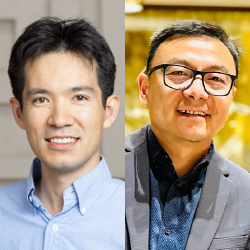 Richard Roth and Jun Ding | Team Surmeier
Richard Roth and Jun Ding | Team Surmeier
Richard Roth and Jun Ding (Team Surmeier) are recognized as ASAP Open Science Champions for working to diligently compile and publish 8 standard protocols for their ASAP project. ASAP applauds their commitment to reproducibility and open science.
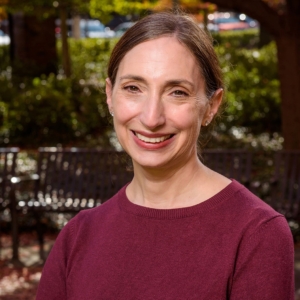 Laura Volpicelli-Daley | Team Biederer
Laura Volpicelli-Daley | Team Biederer
Laura Volpicelli-Daley (Team Biederer) is recognized as an ASAP Open Science Champion for working closely with the Brain Image Library staff to ensure that all 50,000+ images associated with a publication from her lab were shared in a publicly accessible repository. Additionally, she created a checklist for imaging metadata that her lab can use in the future. ASAP applauds Laura for her thoroughness and dedication to open science best practices.
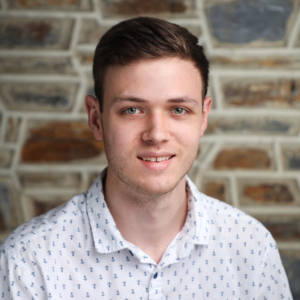 Justin Savage | Team Calakos
Justin Savage | Team Calakos
Justin Savage (Team Calakos) is recognized as an ASAP Open Science Champion for developing SynBot, an open-source image analysis software to automate the quantification of synapses. Justin shared the source code, tutorials, tissue processing protocols, and example data for his tool. ASAP commends Justin for following open science best practices for software and code. View our interview with Justin in the Discover ASAP series to learn more about this tool.
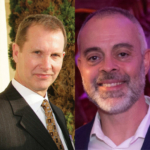 James Surmeier & Vernon Clarke | Team Surmeier
James Surmeier & Vernon Clarke | Team Surmeier
James Surmeier and Vernon Clarke from Team Surmeier are recognized as ASAP’s Open Science Champions for working diligently with publishers when they realized hyperlinks in their publication, GABAergic regulation of striatal spiny projection neurons depends upon their activity state, were not functional. ASAP applauds these individuals for their dedication to open science.
Daniel Saarela | Team Alessi
ASAP is recognizing Daniel Saarela from Team Alessi as an Open Science Champion for creating a step-by-step video tutorial after receiving multiple inquiries he related to his Tagless LysoIP protocol. We commend Daniel for his initiative in making sure that his methods are detailed and accessible to others! View our interview with Daniel in the Protocol Particulars series to learn more about Daniel’s project and his motivation to share the protocol.
Neil Dundon, Elizabeth Rizor, Jingyi Wang, Joanne Stasiak | Team Strick
Neil Dundon, Elizabeth Rizor, Jingyi Wang, and Joanne Stasiak from Team Strick are being recognized for uploading multiple datasets to OpenNeuro using the BIDS specification, which allows researchers to easily reuse the datasets. They posted the code to execute the fMRI task they used to GitHub, assigned the code a DOI via Zenodo, and shared their data and preprint with a CC0 license. Check out this website the team created to combine their fMRI datasets into a single repository. ASAP commends these individuals for their commitment to open science practices.
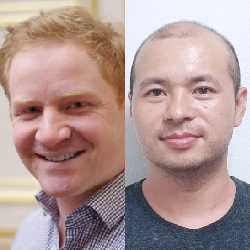
Bernard Thienpont | Team Voet
Zechuan Lin | Team Scherzer
Bernard Thienpont (Team Voet) and Zechuan Lin (Team Scherzer) are recognized as ASAP’s Open Science Champions for their leadership in establishing validation standards for the CRN Cloud’s sequencing data. They partnered with the CRN Cloud Data Science team to translate their validation guidance into automated validation checks that will be applied to upcoming releases on the data-sharing tool to ensure that the sequencing data is maintained at a high-quality standard. ASAP applauds Bernard and Zechuan for their dedication to open science.
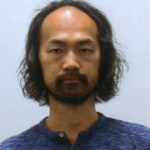
Daisuke Kase | Team Strick
Daisuke Kase from Team Strick is being recognized as ASAP’s Open Science Champion for being the first member of the CRN to share neurophysiology datasets by uploading data through CatalystNeuro. The data contained recordings of single-unit activity from multiple brain areas of monkeys performing a choice reaction time reaching task. The team also uploaded open-source code that can easily convert future data that follows the same structure. Check out the tutorial demonstrating how to access the dataset.
Karishma D’Sa | Team Hardy & Team Wood
Aaron Wagen | Team Wood
Karishma D’Sa from Team Hardy and Team Wood and Aaron Wagen from Team Wood are recognized as ASAP’s Open Science Champions for including an extensive Key Resource Table (KRT) with their recent preprint submission. They also used Markdown to produce a document that explains their process, present the exact code they ran, and produce their results in plots and tables. ASAP applauds Karishma and Aaron for their commitment to open science practices.
*Karishma D’Sa is not pictured.
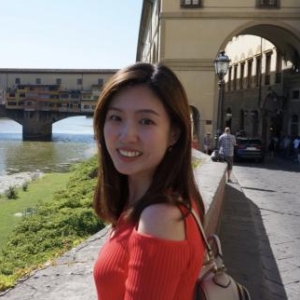
Xiaowen Zhuang | Team Edwards
Xiaowen Zhuang from Team Edwards was nominated as ASAP’s Open Science Champion for requesting a compliance check on a draft manuscript before the preprint submission. The manuscript was nearly 100% compliant at the draft stage. ASAP commends Xiaowen for her dedication to ensuring open access compliance.
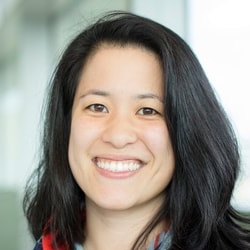
Mai-Anh Vu | Team Cragg
ASAP is recognizing Mai-Anh Vu – a member of Team Cragg and co-leader of the CatalystNeuro project for the Howe Lab – for sharing raw neurophysiology data from her recent paper on Zenodo, which is not required as part of ASAP’s open science policies. She also ensured that all of her work was documented in protocols.io. We applaud Mai-Anh for her dedication to open science practices.
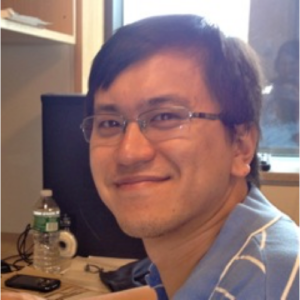
Oliver Tam | Team Jakobsson
Oliver Tam from Team Jakobsson is recognized as ASAP’s Open Science Champion for being the first individual to complete the User Acceptance Testing for the ASAP CRN Cloud. Oliver has volunteered to test and re-test the system and provided helpful feedback for the CRN Cloud Team. The CRN Cloud will be a platform to house all of the ‘omics datasets generated by the CRN and the first release will be scheduled for release by summer 2024. ASAP applauds Oliver for his willingness to support the development of open science platforms.
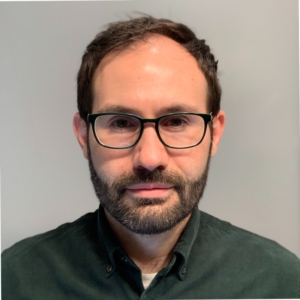
Enrico Zampese | Team Surmeier
ASAP is recognizing Enrico Zampese from Team Surmeier as an ASAP Open Science Champion because he demonstrates the characteristics of a Reproducible Researcher and Open Science Educator. Enrico has proactively published protocols on protocols.io and has been training the whole lab – including non-CRN researchers – on best practices for posting protocols while ensuring that all protocols are uploaded uniformly.
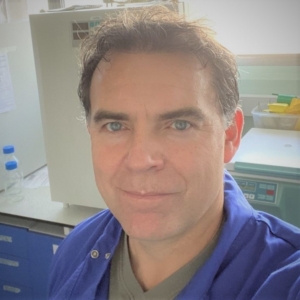
Michael Hurley | Team Schapira
Michael Hurley from Team Schapira is being recognized as ASAP’s Open Science Champion for ensuring that all protocols and datasets associated with his publication, ɑ-Synuclein expression in response to bacterial ligands and metabolites in gut enteroendocrine cells: An in vitro proof of concept study, were made publicly available with the corresponding DOIs before pre-print submission. We applaud Michael for his dedication to data sharing.
Toan Phung | Team Alessi
Rosamund Shastry | Team Alessi
Raja Nirujogi | Team Alessi
ASAP is recognizing Toan Phung, Rosamund Shastry, and Raja Nirujogi from Team Alessi for the creation of step-by-step video tutorials that demonstrate how to use the team-generated tools, Curtain and Curtain-PTM. Curtain and Curtain-PTM, which are also described in this preprint, allow non-mass-spectrometry (MS) experts to analyze and share MS-based proteomic data. We applaud Toan, Rosamund, and Raja for their commitment to open science practices.
Francesca Tonelli | Team Alessi
Natalie Doig | Team Cragg
Cristina Capitanio | Team Harper
Francesca Tonelli (Team Alessi), Natalie Doig (Team Cragg), and Cristina Capitanio (Team Harper) are recognized for volunteering to participate in ASAP’s new interview series, Protocol Particulars, where they dive into their protocols and share tips and best practices to help others utilize them. ASAP thanks these three Open Science Champions for their willingness to share their knowledge and promote open science practices! To receive notifications when there are new interviews, subscribe to ASAP’s YouTube channel.
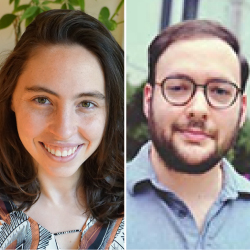 Maite Azcorra and Zachary Gaertner | Team Awatramani
Maite Azcorra and Zachary Gaertner | Team Awatramani
ASAP is recognizing Maite Azcorra and Zachary Gaertner from Team Awatramani as Open Science Champions for their recent publication, Unique functional responses differentially map onto genetic subtypes of dopamine neurons, that characterized three genetic dopamine subtypes within the substantia nigra pars compacta during mouse locomotor behavior using RNAseq and neurophysiological approaches in newly-generated mouse lines. We commend Maite and Zachary for their commitment to open science by sharing underlying fiber photometry and RNA sequencing data, along with the analysis code, protocols, and newly-minted RRIDs alongside the publication.
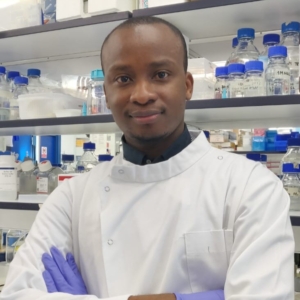
Rotimi Fasimoye | Team Alessi
ASAP recognizes Rotimi Fasimoye from Team Alessi for his recent publication, Golgi-IP, a tool for multimodal analysis of Golgi molecular content | PNAS, which provided in-depth details on the development of the Golgi-IP method. Additionally, Rotimi will be featured on an upcoming episode of ASAP’s Protocol Particulars interview series to further describe the Golgi-IP method and outline best practices. We applaud Rotimi for his dedication to open science and knowledge sharing.
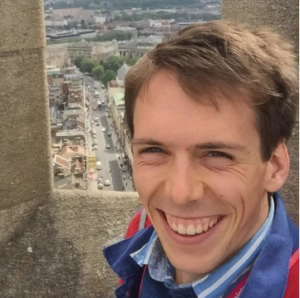
Peter Kilfeather | Team Cragg
Peter Kilfeather from Team Cragg and the Wade-Martins Lab was nominated as ASAP’s Open Science Champion for uploading a preprint focused on single cell characterization of mouse spatial and translatome expression profiles across multiple age groups. These associated datasets and results are available at SpatialBrain.org, a public and interactive database that allows users to view gene expression patterns across different cell types found in the brain. We commend Peter for the accessibility of these datasets and results.
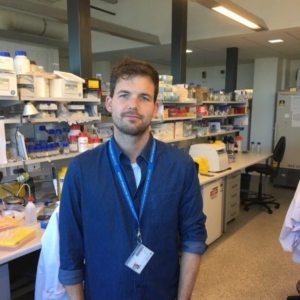
Felix Kraus | Team Harper
ASAP is recognizing Felix Kraus for his proactive role in ensuring that his latest preprint adheres to open science standards by working with the ASAP Open Science team. Felix is also the project manager for Team Harper, where he supports his team in following open science practices. We applaud Felix’s dedication to open science!
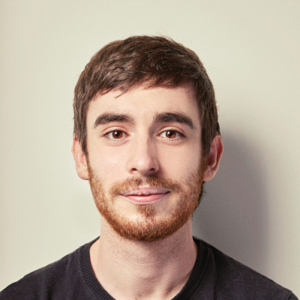
Alejandro Martinez-Carrasco | Team Hardy
Alejandro Martinez-Carrasco from Team Hardy and the Morris Lab was nominated as ASAP’s Open Science Champion. We commend Alejandro for requesting an open science compliance check on his manuscript prior to submitting it to a preprint repository and for having the article 100% compliant at the time of review. Thank you for sharing your research outputs! Alejandro is also an active member of the GP2 trainee network and serves as the regional ambassador for trainees in Western Europe.
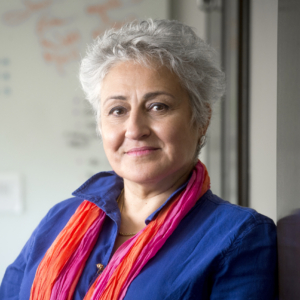
Haydeh Payami | Team Liddle
ASAP recognizes Haydeh Payami from Team Liddle as an Open Science Champion for ensuring that all elements were accessible in her latest paper that showcased the largest metagenomic data collection in Parkinson’s disease to date. Additionally, Haydeh serves as a chair for the CRN Microbiome Working Group. We applaud Haydeh for her leadership and dedication to open science practices. ASAP looks forward to others leveraging her work for their own meta-analysis! Learn more about Haydeh’s paper here.
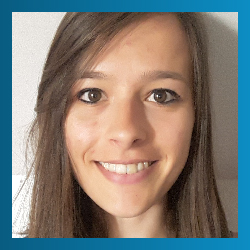
Marine Houdou | Team Vangheluwe
ASAP is recognizing Marine Houdou, a former postdoc and alumna from Team Vangheluwe as this month’s Open Science Champion. We commend Marine’s commitment to open science practices by ensuring that all of her research outputs associated with her latest ASAP publication were appropriately linked following best practices for open scholarship from protocols to datasets. Check out Marine’s paper here.
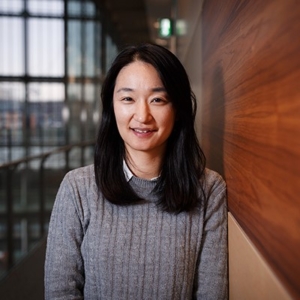
Minee Choi | Team Wood
Minee Choi was nominated as ASAP’s Open Science Champion for her dedication to sharing her research outputs before final publications. Minee has 25 protocols listed and generated 13 cell lines that are available for other researchers within the network to use. She is a postdoctoral fellow on Team Wood, working in Sonia Gandhi’s laboratory. We would like to applaud Minee for sharing early findings and methods.
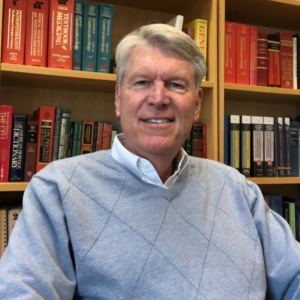 Rodger Liddle | Team Liddle
Rodger Liddle | Team Liddle
This month, ASAP is recognizing Rodger Liddle as ASAP’s Open Science Champion. Team Liddle is the first to deposit a newly generated animal model using the ASAP tools program to ensure that their new model will be accessible to all researchers once the article is published. We would like to celebrate Rodger’s commitment to open science and ensuring data accessibility for the Parkinson’s community! Check out the team’s model here.
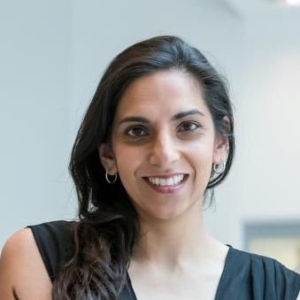
Sonia Ghandi | Team Wood
Sonia Ghandi from Team Wood was nominated to be Open Science Champion based on her leadership chairing the CRN SNCA interest group meetings and to her commitment to ensuring findability and accessibility in her own research work. Shortly after publishing her Nature Neuroscience paper, Sonia realized that a table that listed links to the methods and materials was missing. She submitted a corrigendum to ensure that these supplemental files were appropriately linked. Check out Sonia’s latest paper here.
Sonia is a group leader at The Francis Crick Institute, London, an MRC Senior Clinical Fellow, and a professor of neurology at UCL, London. She is interested in understanding the cellular and molecular mechanisms underlying PD.
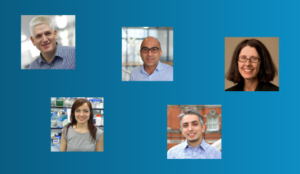 Dario Alessi | Team Alessi
Dario Alessi | Team Alessi
Monther Abu-Remaileh | Team Alessi
Miratul Muqit | Team Alessi
Suzanne Pfeffer | Team Alessi
Francesca Tonelli | Team Alessi
Team Alessi Core Leadership—including Coordinating Lead PI Dario Alessi; Co-Investigators Monther Abu-Remaileh, Miratul Muqit, and Suzanne Pfeffer; and Project Manager Francesca Tonelli—have been a critical contributor for trainings, including organizing the virtual LRRK2 seminar series and the in-person ASAP Cell Biology Meeting at Stanford. Moreover, other teams have cited Team Alessi Core Leadership’s resources in their progress reports more than any other team. For these reasons, we are recognizing the Core Leadership of Team Alessi as an Open Science Champion. Learn more about the team and their work here.
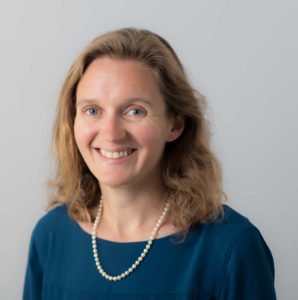 Alexandra Nelson | Team Edwards
Alexandra Nelson | Team Edwards
This summer, Alexandra Nelson and her team published an article on therapeutic deep brain stimulation in parkinsonian mice in e-Life. When the article was published, the Nelson Lab realized one of their datasets was not fully accessible to the public and worked quickly to resolve the issue to ensure open access to their findings. For helping her team commit to open science values, we are recognizing Alexandra as an Open Science Champion. Read the article here.
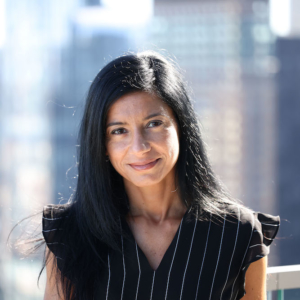 Roberta Marongiu | Team Kaplitt
Roberta Marongiu | Team Kaplitt
As part of the new Collaborative Research Network (CRN) RD2 teams, Roberta embodies the collaborative spirit of ASAP, which is why we are recognizing her as an Open Science Champion. Within the CRN, Roberta chairs both an ASAP interest group on assessing motor and non-motor behavioral symptoms in PD and co-chairs a taskforce to write up an overview on opportunities to model these behavioral symptoms across animal models. She has also made her reagents and protocols freely available within the network.
Hong-Yuan Chu | Team Wichmann
Michael Henderson | Team Biederer
Maxime Rousseaux | Team Schlossmacher
After submitting their preprint to ASAP for an open science compliance check to ensure best practices, Hong-Yuan Chu (Co-PI, Team Wichmann) and Michael Henderson (Co-PI, Team Biederer) both from the Van Andel Institute together with Maxime Rousseaux (Co-PI, Team Schlossmacher) from The Ottawa Hospital quickly got to work to ensure the accessibility of their findings.
ASAP commends these three Open Science Champions for initiating a new collaboration across three different ASAP teams and for quickly versioning their preprint to include links to datasets, protocols, software, and RRIDs for lab materials. Their article is now out in eLife. Check it out to learn from their findings and get access to the research outputs associated with their article.
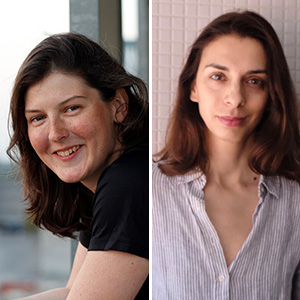 Regina Reynolds | Team Hardy and Team Wood
Regina Reynolds | Team Hardy and Team Wood
Raquel Real | Team Hardy
Regina and Raquel both demonstrated amazing commitments to open science practices and ASAP policies when posting their most recent preprints, requiring no open science revisions for their pre-prints.
Regina is a postdoctoral fellow on Team Hardy and Team Wood. In the Ryten Lab at University College London, she is interested in the regulation of gene expression and splicing. Check out her most recent preprint here.
Raquel is a postdoctoral fellow on Team Hardy. In the Morris Lab at University College London, she is interested in genetic sequencing data and rare variation, phenotype variation and progression, and clinical cohorts. Read her latest preprint here.
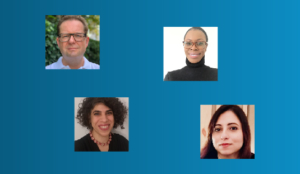
Thierry Voet | Team Voet
Mina Ryten | Team Hardy and Team Wood
Oke Avwenagha | Team Hardy
Shinjini Mukherjee | Team Voet
Realizing there was an opportunity to establish robust datasets and align for future meta-analysis, the leaders of the Postmortem Brain Tissue Sequencing working group (now renamed the Multi-omics working group) brought 10 teams from across the CRN working on different postmortem brain sample sequencing projects together to align on samples being used, protocols, code & pipeline workflows, and data repositories.
The working group leads, Thierry (Lead PI, Team Voet), Mina (Co-PI, Team Hardy and Team Wood), Oke (Project Manager, Team Hardy) and Shinjini (Project Manager, Team Voet) have demonstrated how collaborations such as these in the pursuit of open science can lead to tangible results.
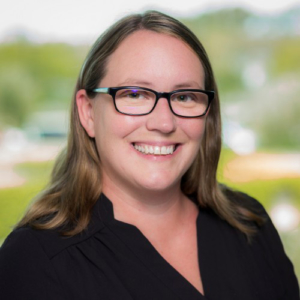
Cecilia Arlehamn | Team Sulzer
Cecilia Arlehamn is a Co-Principal Investigator on Team Sulzer, where she studies how the immune system (specifically T cells) can contribute to underlying pathology for Parkinson’s disease. Recently, her lab explored how T cells from those living with PD can react to alpha-synuclein. Although the findings were recently published, she had posted a preprint of these findings, the protocols, and datasets over 8 months ago and discussed them during scientific meetings. We applaud Cecilia’s commitment to sharing early findings and methods.
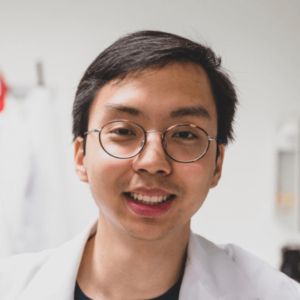
Florian De Rop | Team Voet
Florian De Rop is a member of the Stein Aerts lab at the Collaborative Research Network (CRN). He demonstrates a commitment to open science through his continued engagement with the protocols.io community. As a frequent uploader to the platform, including protocols for execution of HyDrop-ATAC, producing microfluid chips, and producing dissolvable and barcoded hydrogel beads, Florian actively responds to comments from viewers and does not hesitate to update his protocols in order to provide additional details and clarification.
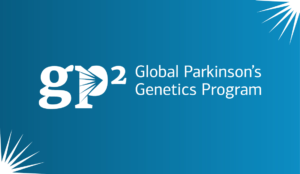
The Global Parkinson’s Genetics Program (GP2)
GP2 is committed to increasing ancestral diversity in genetic Parkinson’s research. A central tenet to this project is to build a global interactive research network steeped in open science principles. GP2 recently developed a dashboard to transparently track their progress, has started releasing completed datasets onto the AMP® PD platform for others to use, and developed training materials on how to analyze the data. We wanted to celebrate the leadership of GP2 for embracing open science and the mission of ASAP.
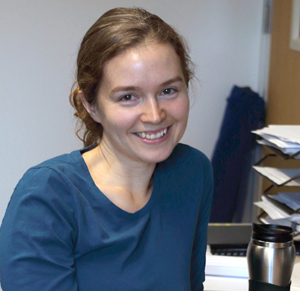
Catherine Oikonomou | Team Gradinaru
Catherine Oikonomou is a project manager of the Collaborative Research Network’s (CRN) Team Gradinaru. She was the first project manager in the Circuitry and Brain-Body Interactions theme to start cataloging the resources of her Team for others within our network to leverage. Check out some of the plasmids for genetically encoded sensors shared by Lin Tian on her team or protocols for intact circuit mapping and subcellular component phenotyping.

Dario Alessi | Team Alessi
For multiple teams in the network, Dario Alessi has been consistently mentioned as a great collaborator—someone who is always willing to share tools and exchange ideas to accelerate discovery in Parkinson’s. Moreover, although not required by ASAP policies, Dario Alessi’s team have proactively shared informational updates around their monthly lab meetings for anyone in the ASAP network to learn from. Their team has also initiated the LRRK2_Central series to stimulate discussions around LRRK2 not just within ASAP, but for the whole scientific community.

Dorotea Fracchiolla | Team Hurley
Dorotea (Doro) Fracchiolla spearheads the Mito911 Webinar Series, initiated by Team Hurley, which highlights the latest research on Mitochondria & Neurodegeneration throughout the year. She has also catalogued 115 different research outputs that others in the research network can leverage (including 71 Plasmids and 35 Protocols). On an unrelated note, she is also a fantastic scientific illustrator–as anyone who attends her meetings knows from the intro summary slides. Her work was recently featured on the cover of Molecular Cell’s November issue.
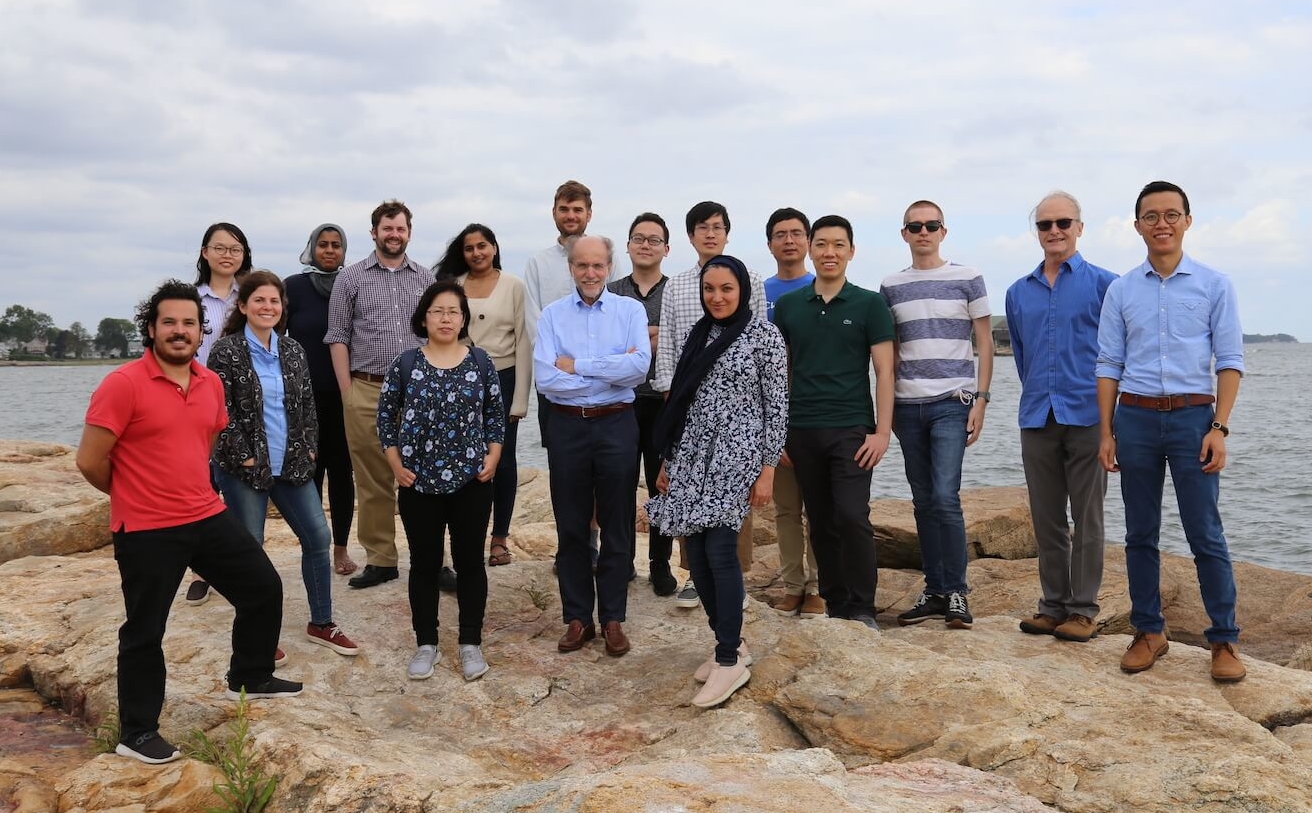
De Camilli Lab | Team De Camilli
In the first year of their ASAP award, the lab drafted four manuscripts. The first was published in the early phases of the funding when grantees were less familiar with ASAP’s progressive open science policies. They were the only team at that time to quickly follow up with a corrigendum to the journal to ensure that the deposited data and protocols were also linked in the manuscript. And they have consistently reached out well in advance (even prior to preprint posting) to undergo an ASAP open access compliance check.
ASAP recognizes the De Camilli lab for their commitment to ensuring their research outputs are accessible and discoverable to the research community!
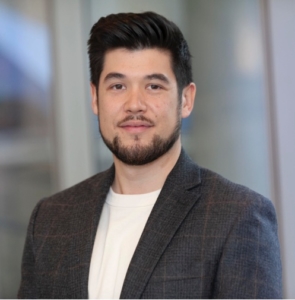
Alex Henderson | Team Studer
Alex reached out to ASAP staff asking to take the lead on standardizing some of the QC iPSC efforts across the network. Currently, he is working with Gist Croft and Tim Ahfeldt to survey our network, develop initial QC recommendations and establish minimal criteria for defining differentiated cell types using cell markers and functional assays across the multiple groups using iPSCs. These processes are critical to future meta-data analysis resulting from our ASAP teams working with iPSCs. Additionally, Alex has posted many of the Team’s protocols on Protocols.io.
ASAP celebrates Alex’s commitment to ensuring that all research outputs—regardless of being funded by ASAP—are being made accessible and discoverable to the PD community at large!
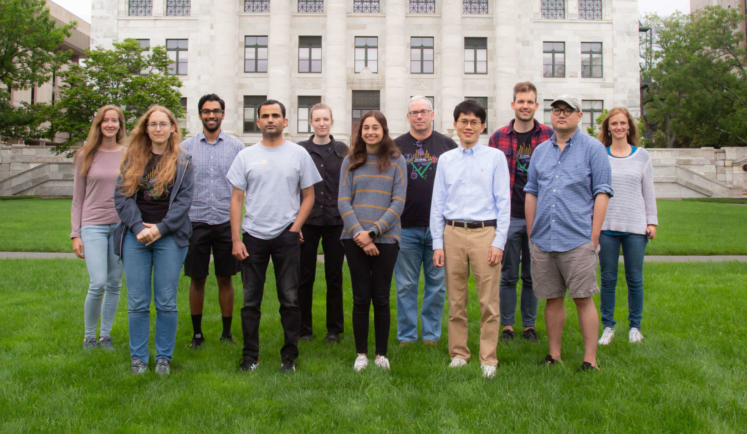 Harper Lab | Team Harper
Harper Lab | Team Harper
On July 19th, the Harper lab posted their “Quantitative proteomics reveals the selectivity of ubiquitin-binding autophagy receptors in the turnover of damaged lysosomes by lysophagy” preprint. After sending it to ASAP for a compliance check, they quickly updated it to include a data availability statement highlighting that their mass spectrometry proteomics data is deposited in PRIDE as well as sharing the tabular source data in supplemental figures.
ASAP commends Team Harper lab’s responsiveness to ensuring that datasets are made available. Check the article out (now published), and in case you missed it, check out the tweetorial by first-author Vinay Eapen highlighting Harper Lab’s work.
Stein Aerts Lab | Team Voet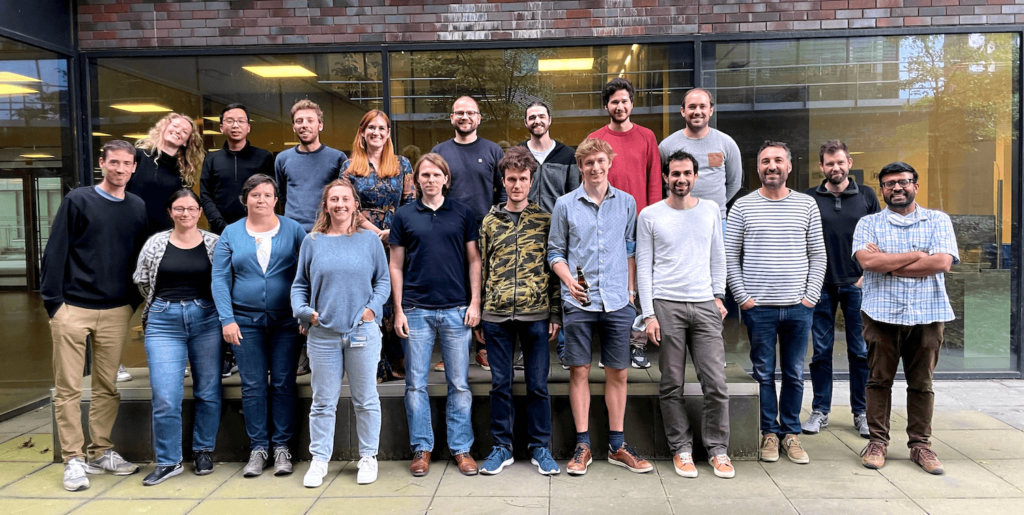
In June 2021, the lab posted a new preprint around HyDrop, a new, flexible and open-source droplet microfluidic protocol for single-cell RNA- and single-cell ATAC sequencing. They also shared all associated research outputs (new code, protocols, and datasets) with their preprint.
Within a month of posting there were:
- Over 3,500 preprint views
- Over 1,200 preprint downloads
- Over 130 tweets about the preprint
- Over 200 unique protocol views, bookmarking, and multiple exports
The lab has also developed its own website for related outputs to the preprint so that anyone can replicate or re-use the methods they developed. ASAP celebrates Stein Aerts lab for their commitment to open science.

